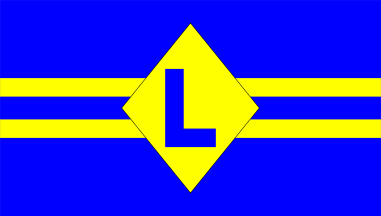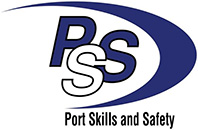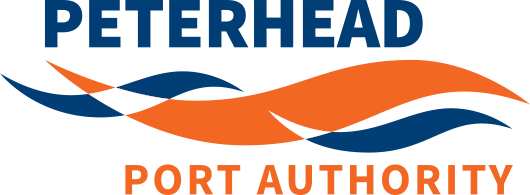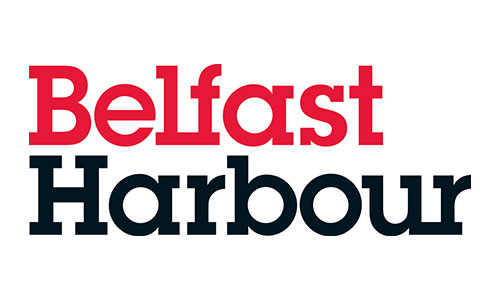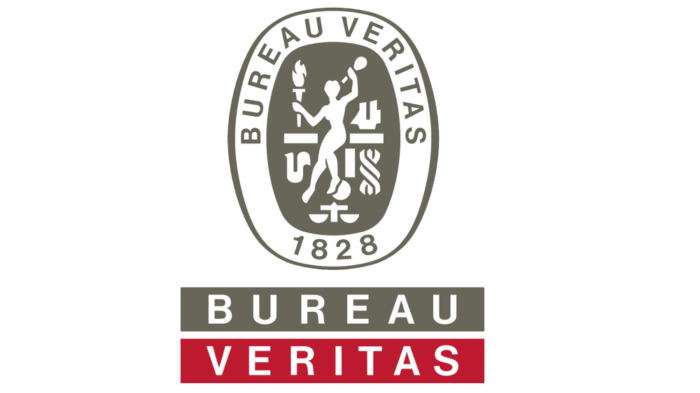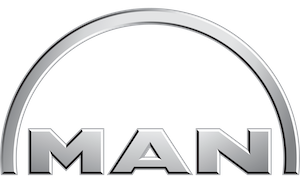So what is the difference between a pilot ladder and an embarkation ladder? It’s a common question as they have many similarities in their construction but pilot ladders and embarkation ladders are very different pieces of equipment designed for completely different purposes and covered by completely different regulations.
Purpose of Pilot Ladders and Embarkation Ladders
Pilot ladders and embarkation ladders have very different purposes. A pilot ladder is a ladder designed with the very specific job of the safe embarkation and disembarkation of pilots to a vessel at sea, usually by means of a small pilot boat. It’s not just pilots who use pilot ladders, surveyors, ship’s agents, crew members during crew changes, customs and border control officials and port state control inspectors all regularly use pilot ladders for the purpose of embarking or alighting a ship at sea. Pilot’s will usually be boarding a vessel ‘on the run’ in that she is most likely making way whereas other pilot ladder users will generally be boarding an anchored vessel.
Embarkation ladders on the other hand are designed purely for emergency situations to allow crew members to abandon a vessel into liferafts or lifeboats after they have been launched by providing a controlled means of descent. The name can be a little confusing but the embarkation refers to embarking these survival craft rather than embarking the vessel. Embarkation ladders should not be used for any other purpose than emergency crew evacuation.
It's obvious from this explanation that a pilot ladder will be a regularly used piece of shipboard equipment whereas an embarkation ladder may have very limited use in abandon ship drills.
Legislation and Standards Covering Pilot Ladders and Embarkation Ladders
Both pilot ladders and embarkation ladders are covered by International Maritime Organisation (IMO) regulations in the form of the SOLAS 1974 (Safety Of Life At Sea) Regulations. The regulations covering pilot ladders fall under SOLAS, Chapter V, Regulation 23. The regulations covering embarkation ladders fall under SOLAS Chapter III, Part B, Regulations 11, 23 and 33 depending on ship type as there are additional regulations required to cover passenger vessels. In between major SOLAS changes the regulations are further enhanced by the publishing of resolutions. Pilot ladder amendments are currently covered under Resolution A.1045(27) and embarkation ladders by a series of resolutions covering different areas namely Resolutions MSC.36(63) – (1194 HSC Code), MSC.48(66) – (LSA Code), MSC. 97(73) – (2000 HSC Code), MSC.81(70)
A guide to the SOLAS regulations can be found on the IMO website. https://www.imo.org/en/About/Conventions/Pages/International-Convention-for-the-Safety-of-Life-at-Sea-(SOLAS),-1974.aspx
The globally recognised standard for pilot ladders is covered by ISO 799 whereas the standard for embarkation ladders is ISO 5489.
Design of Pilot Ladders and Embarkation Ladders
Pilot ladders and embarkation ladders share many common design components which is why they are frequently mistaken for each other. The easiest way to look at the two is to consider the differences as these make the identification of pilot ladders and embarkation ladders much easier.
The key differences are
A pilot ladders lowermost 4 steps are usually made of rubber to cope with the potential impact of a pilot boat whereas an embarkation has wooden steps throughout.
A pilot ladder will have spreader steps throughout its length to prevent it from twisting. These elongated steps are generally found every 9th step but can be more frequent.
A pilot ladder will have distance markers throughout it’s length (usually on the step wedges) to assist in rigging it at different drafts.
The length of pilot ladders is typically much shorter than an embarkation ladder since the maximum a pilot is allowed to climb is 9m. In climbs greater than this a combination rig must be used that uses a pilot ladder in conjunction with the ships accommodation ladder. For this reason pilot ladders are rarely longer than 12m long (which allows for them to extend at least 2m above the accommodation ladder lower platform as per SOLAS regulations). The rest of the pilot ladder is usually made up of rope tails with no rungs as these would be surplus to requirements. An embarkation ladder however needs to allow personnel to descend the whole distance from the boat deck to the waterline so will generally be much longer than a pilot ladder.
A pilot ladder must be long enough to reach the waterline when the vessel has an angle of list of 15 degrees whereas an embarkation ladder must reach the waterline when the list is 20 degrees.
Storage of Pilot Ladders and Embarkation Ladders
Because both pilot ladders and embarkation ladders are made of natural fibre they should be stored clear of the deck to prevent waterlogging or cargo contamination and be covered with a breathable, waterproof cover to protect against exposure to sea spray and sunlight.
Inspection and Retesting of Pilot Ladders and Embarkation Ladders
Both pilot ladders and embarkation ladders should be regularly inspected by a competent officer. Pilot ladders should be given both pre and post use inspections in addition to regular general condition inspections by a senior officer in accordance with the vessels management system.
At the 30 month anniversary of the ladders manufacture ISO pilot and embarkation ladders should be sent for a mandatory inspection and load test by the manufacturer or an approved testing station.
Conclusion
So remember pilot ladders for vessel transfer operations. Embarkation ladders for emergency controlled means of descent into survival craft. Arriving at the pilot station with an embarkation ladder rather than a pilot ladder will most likely see the pilot refuse to board and the vessel sent back out to anchor!




